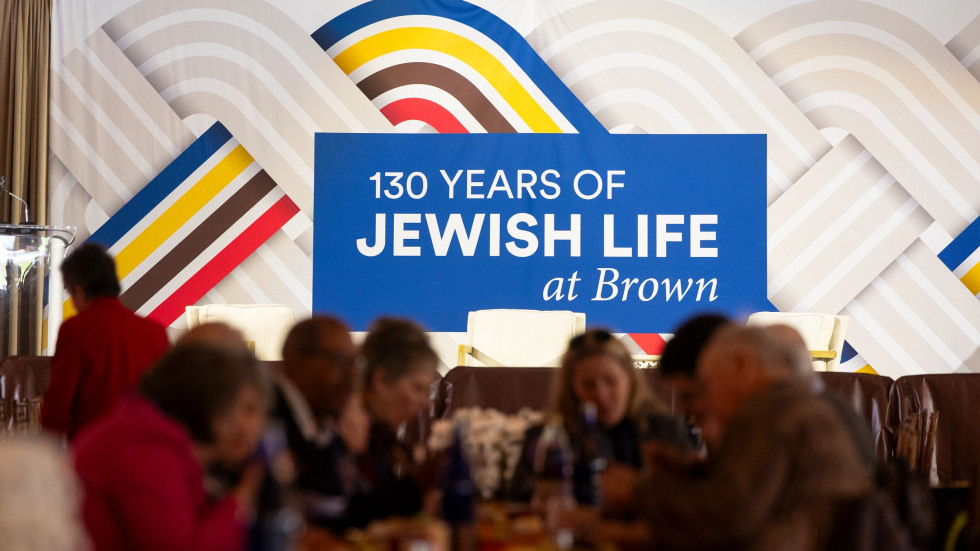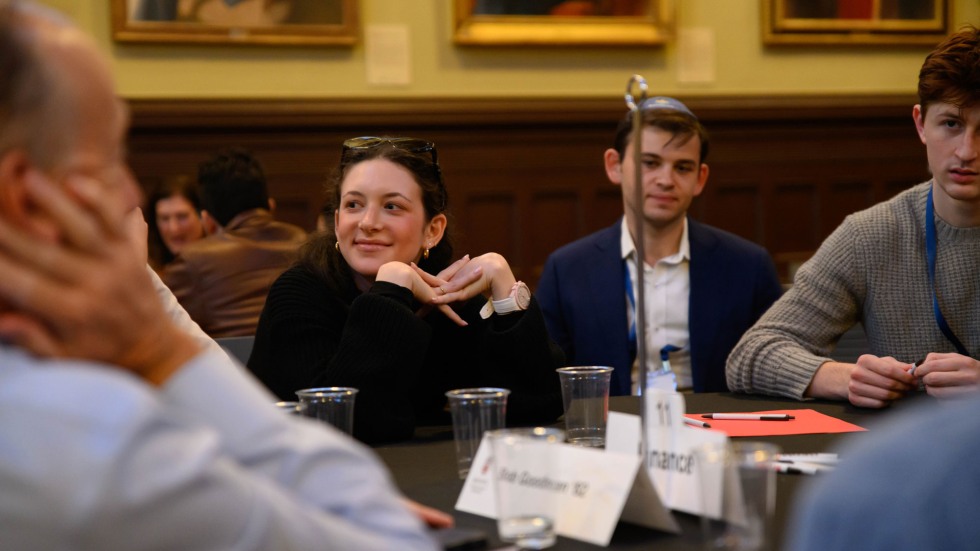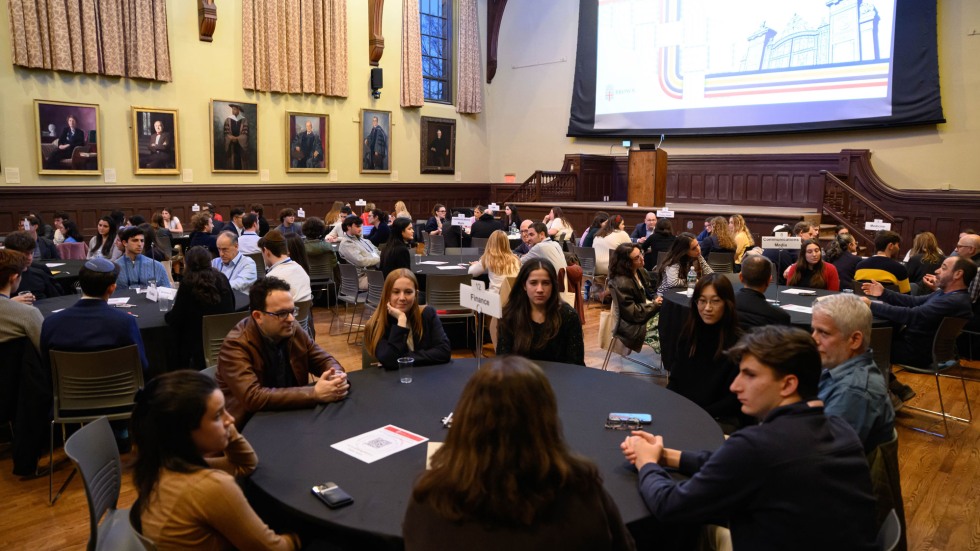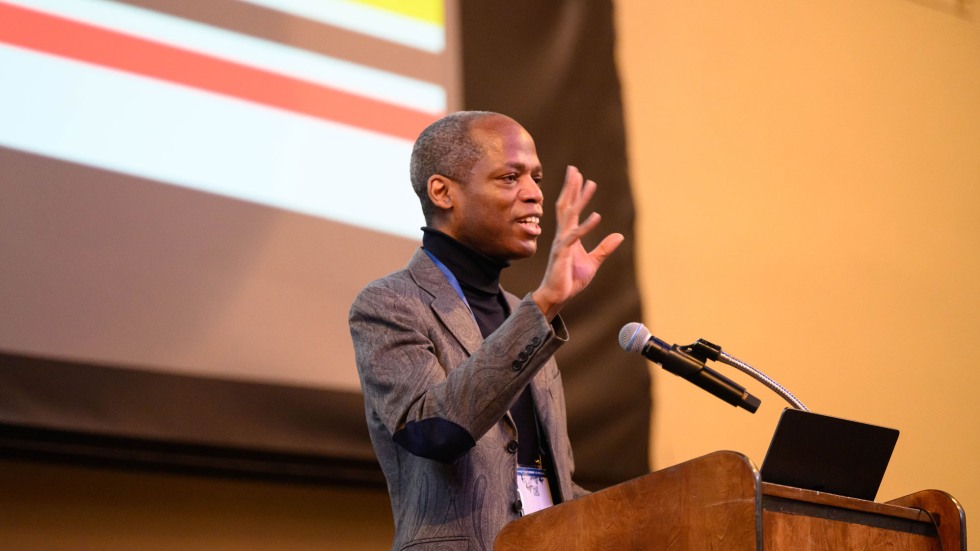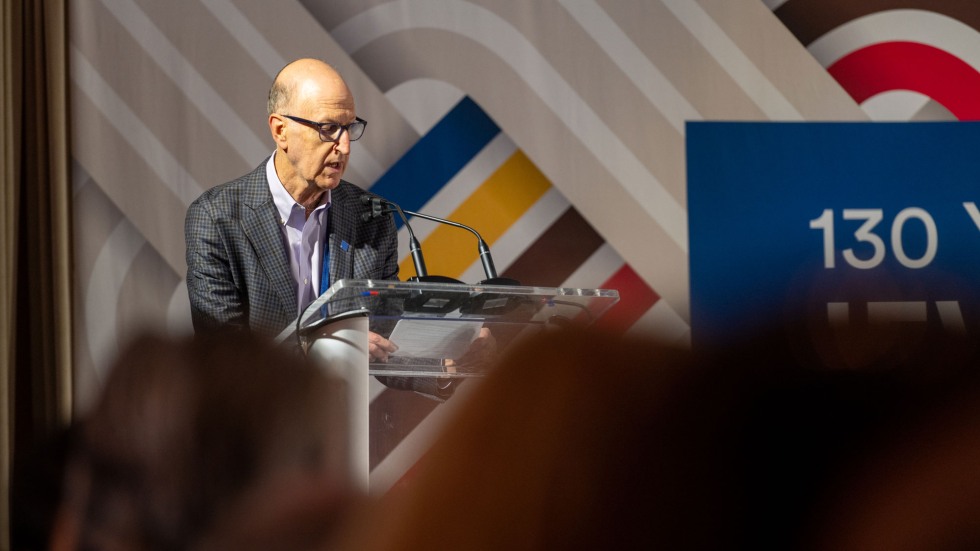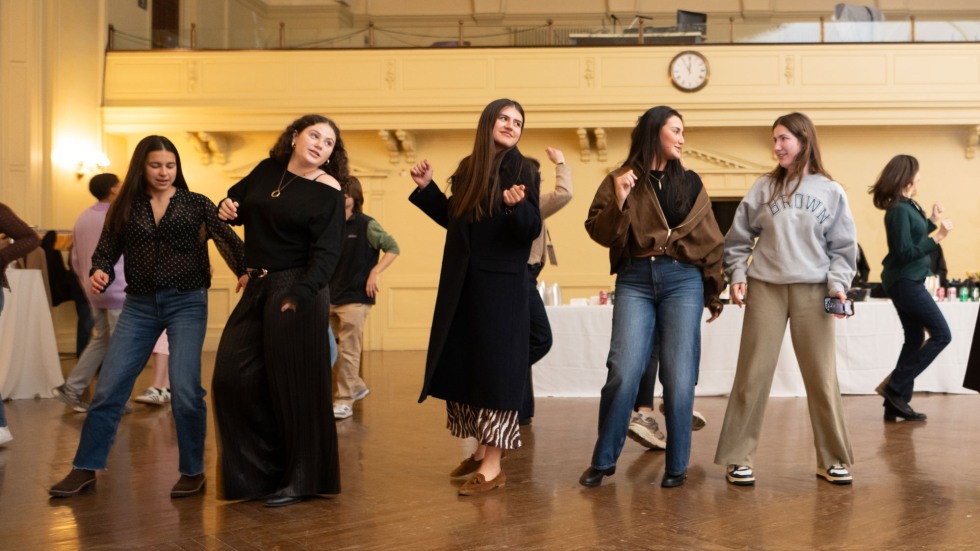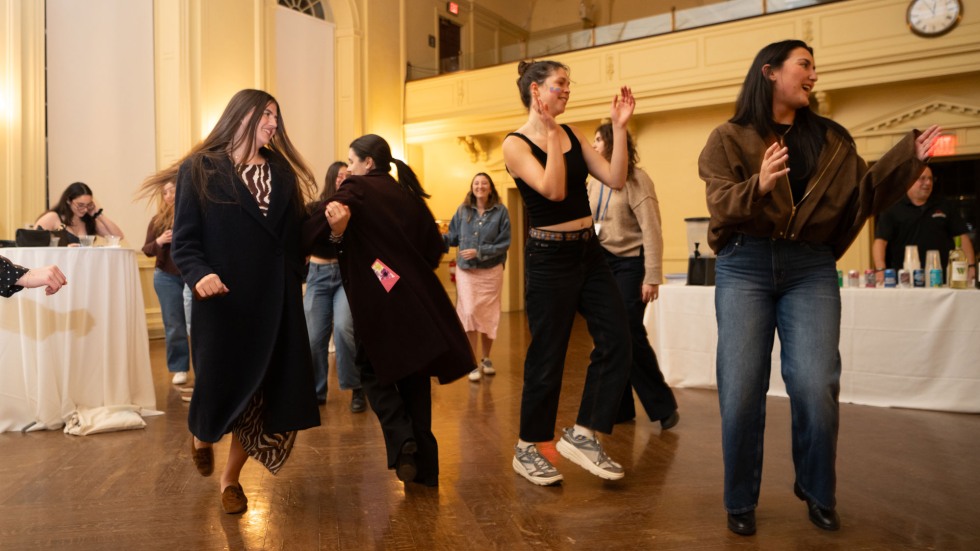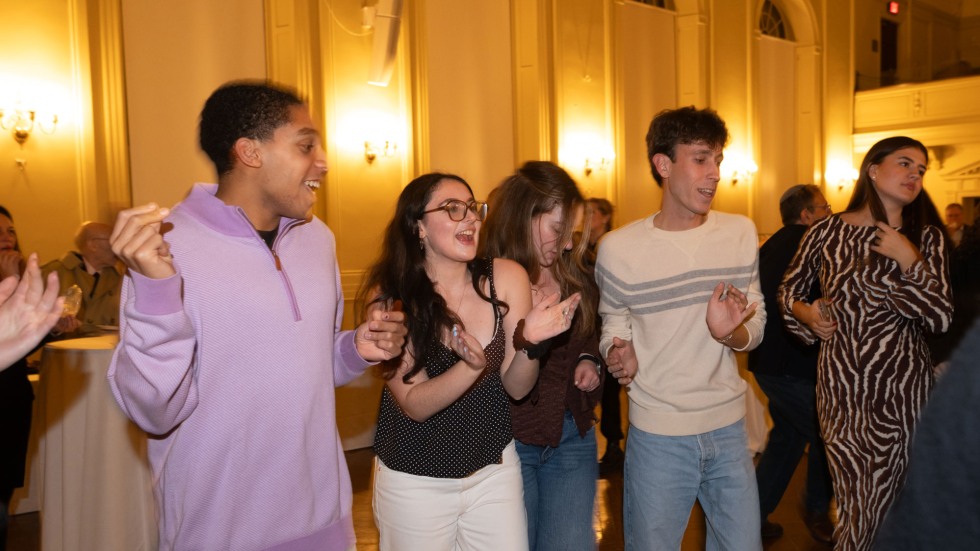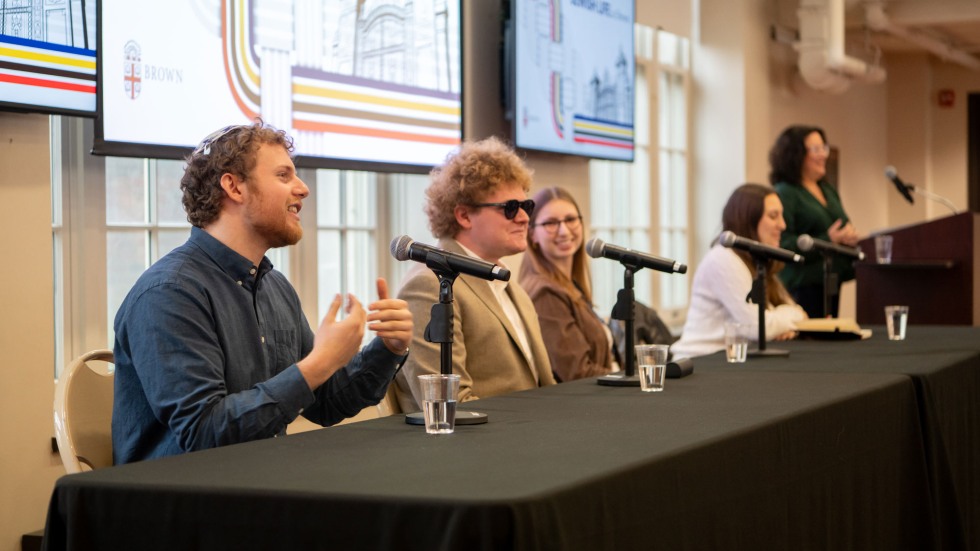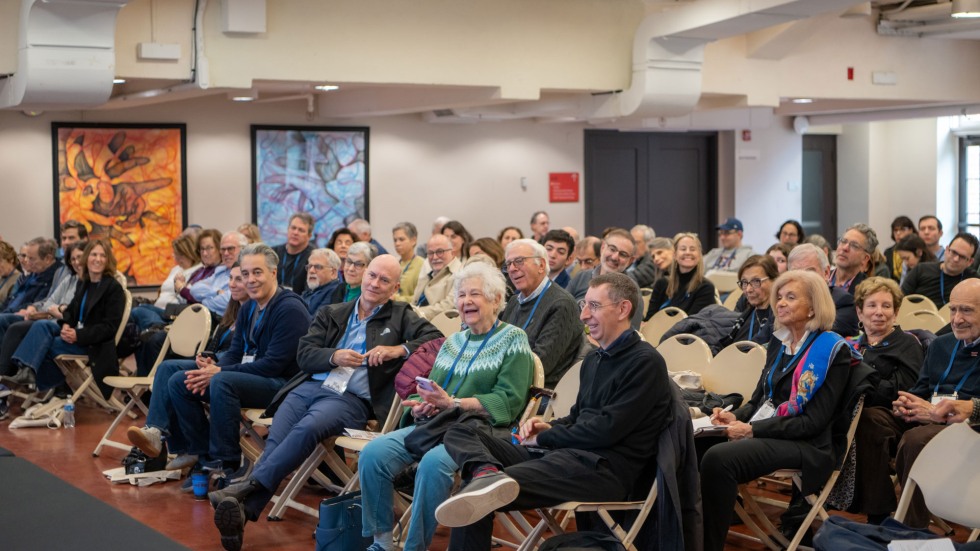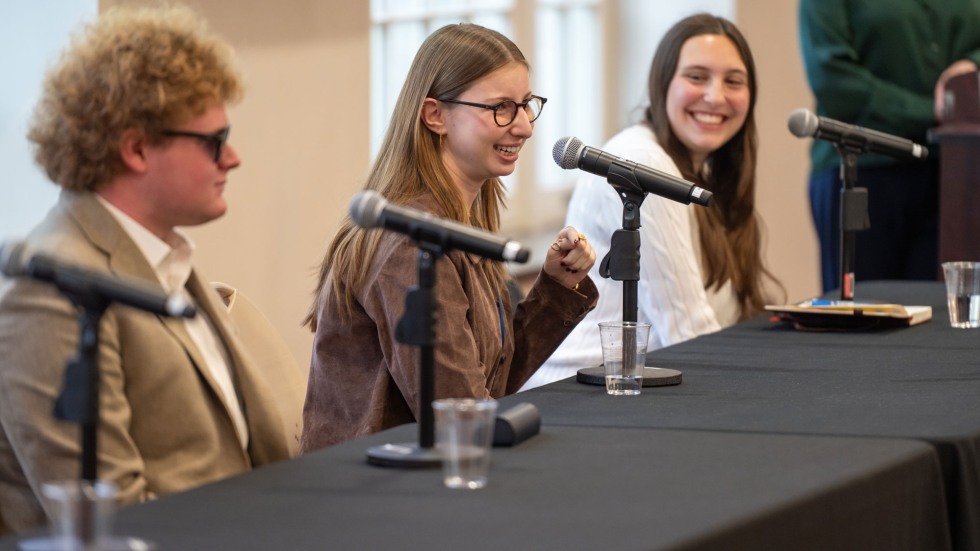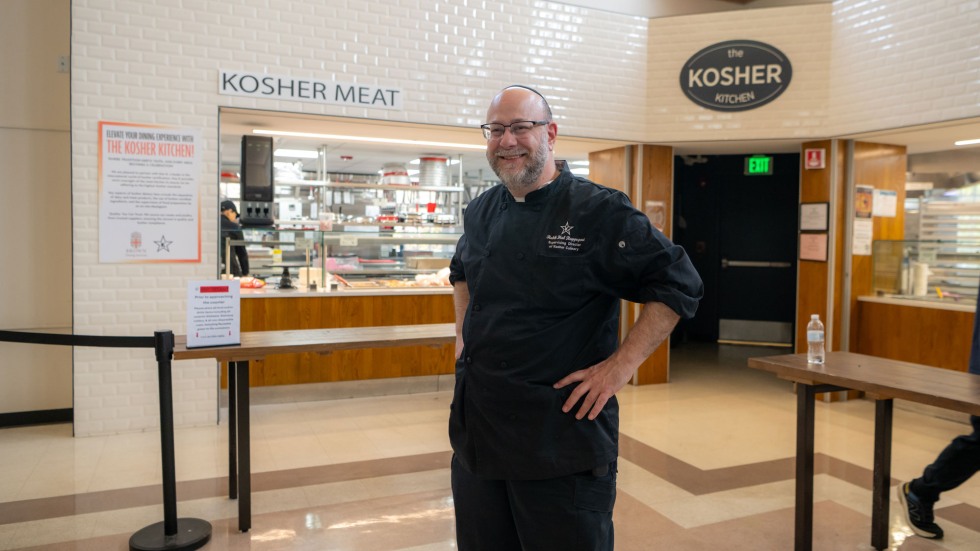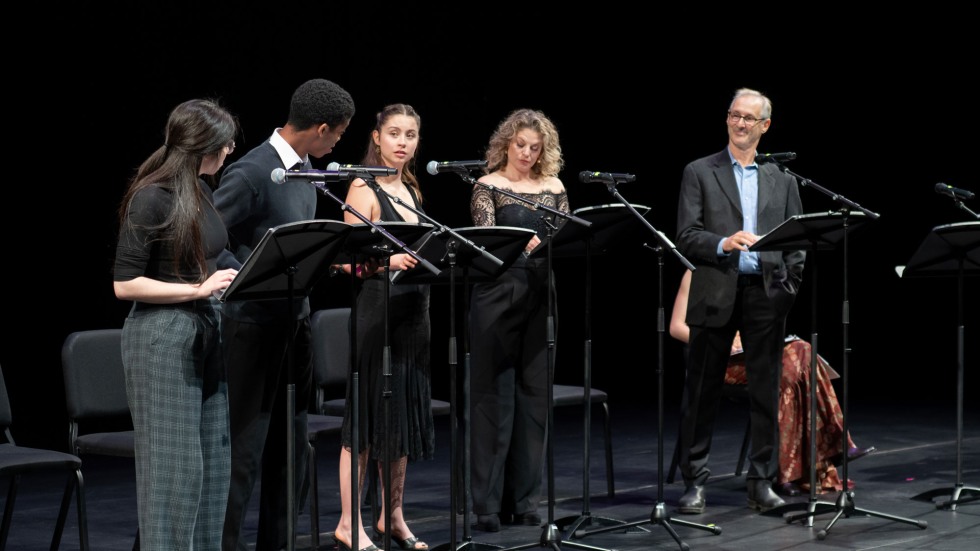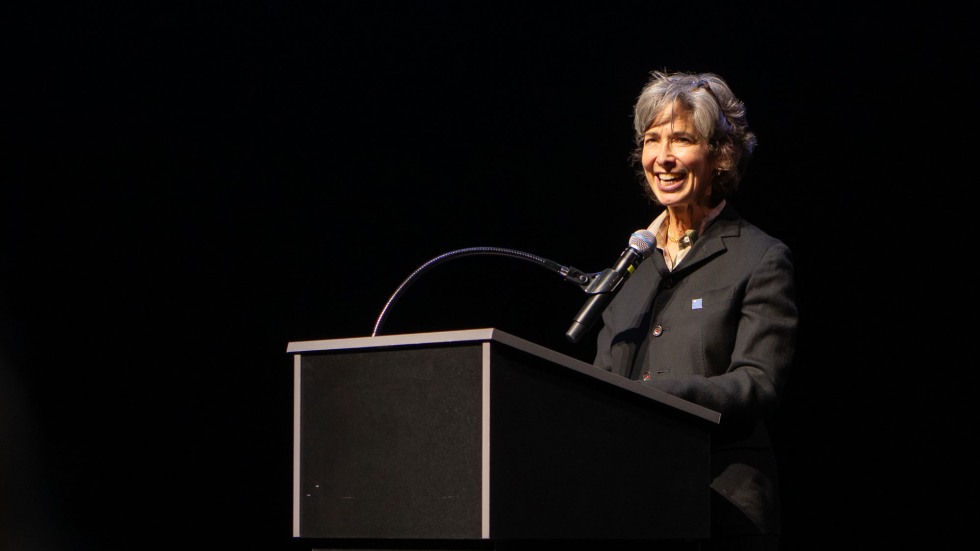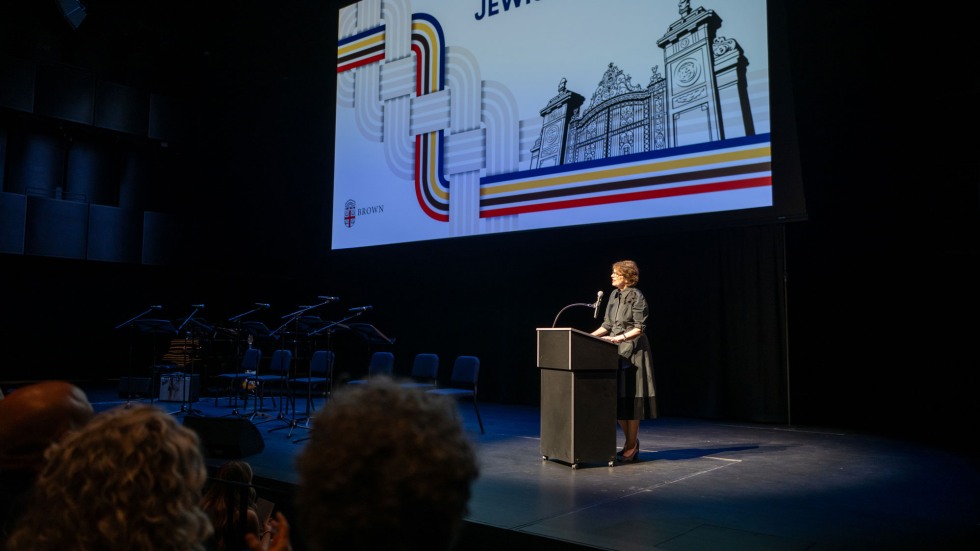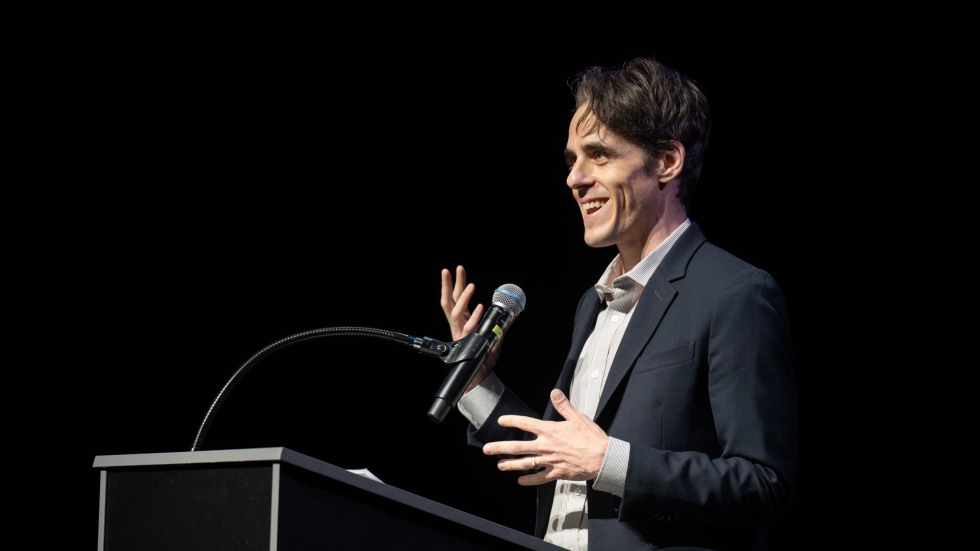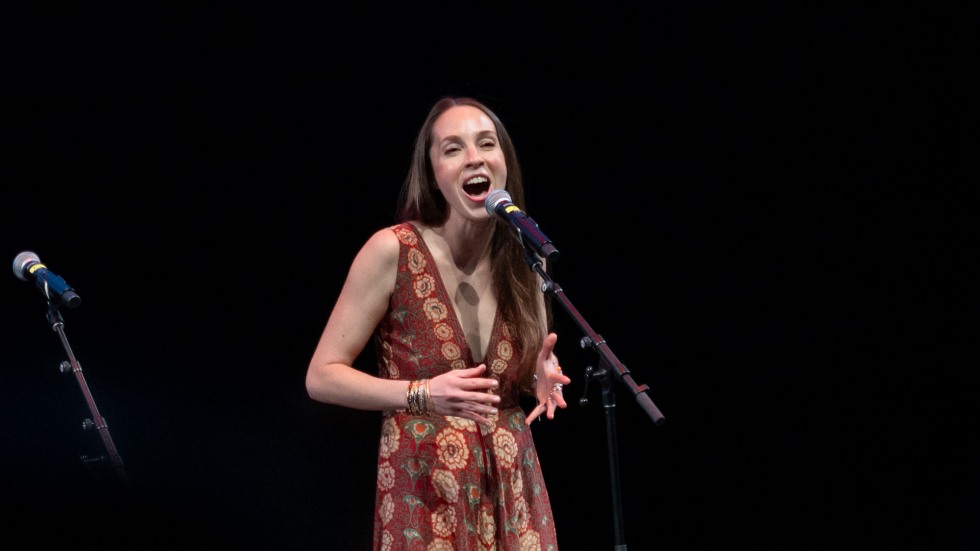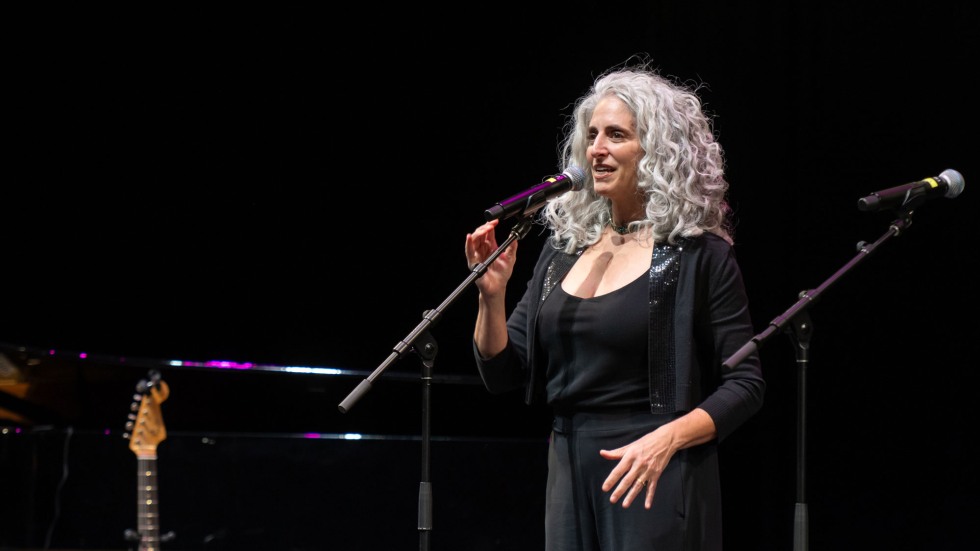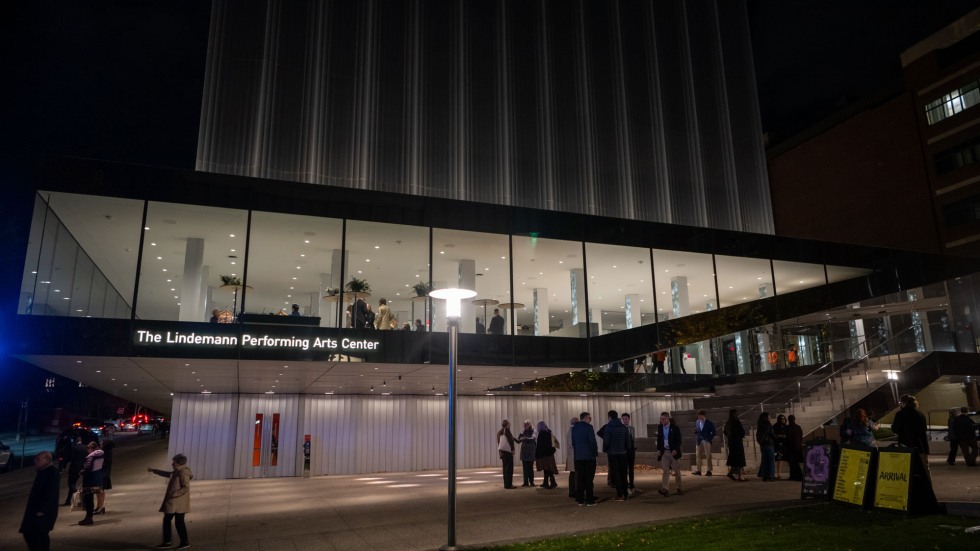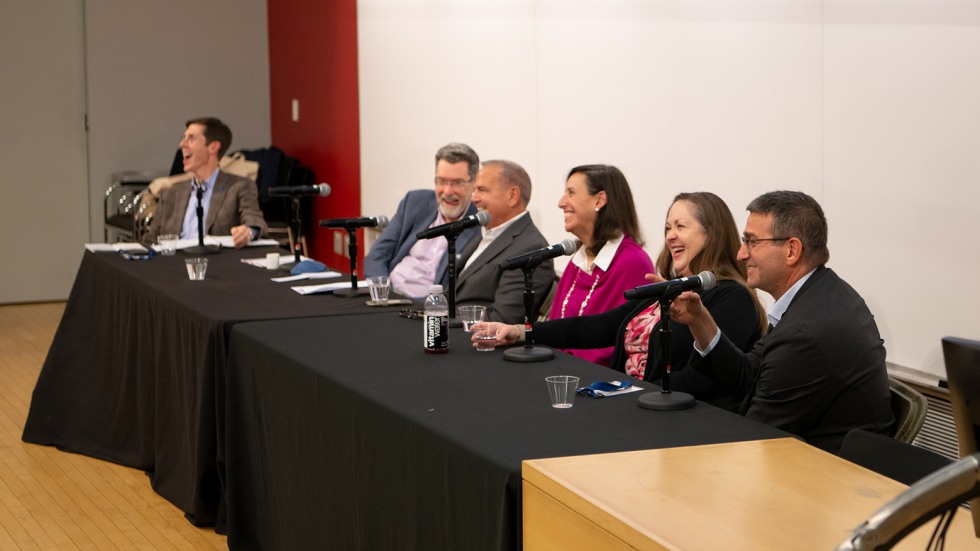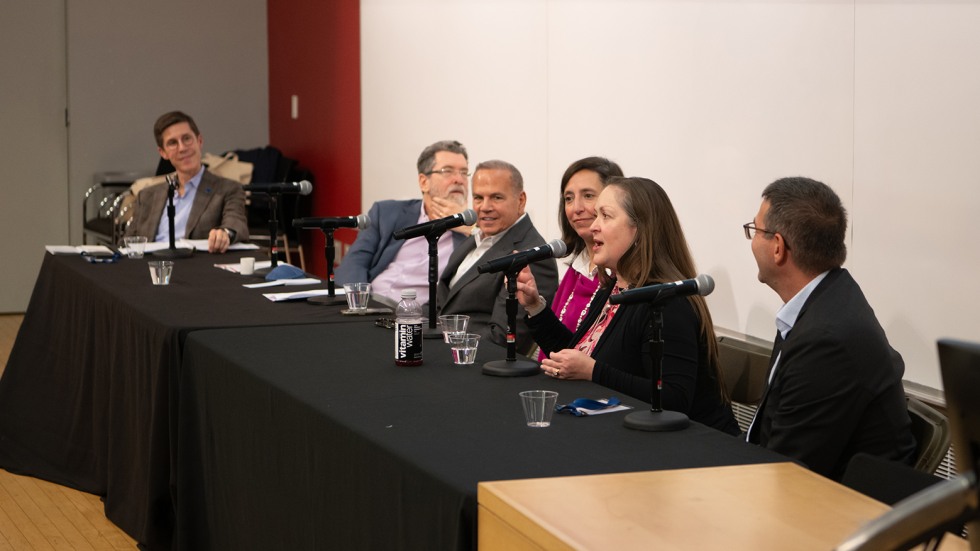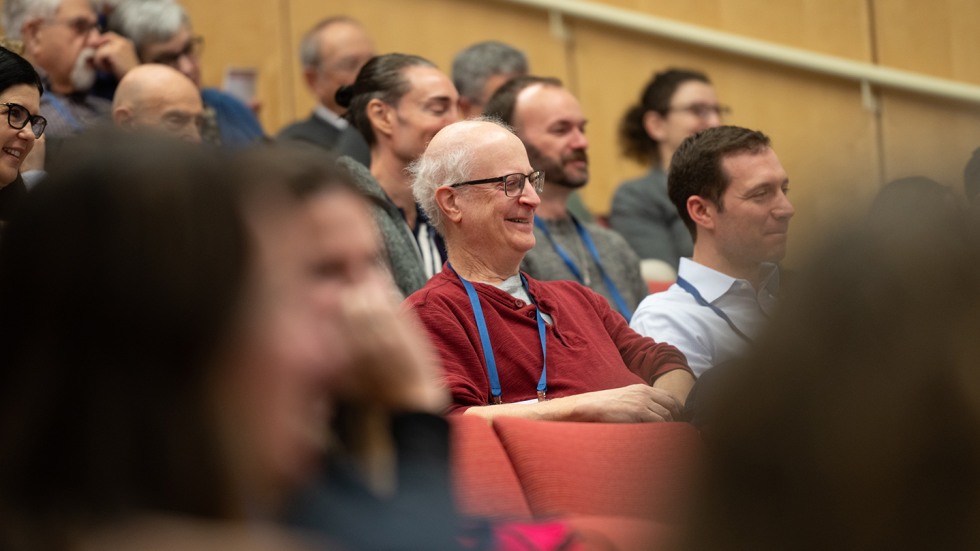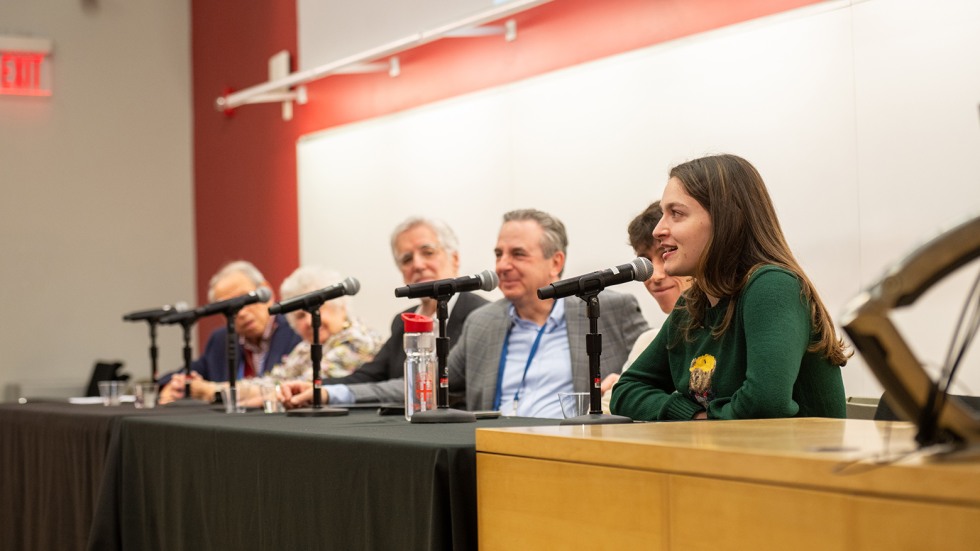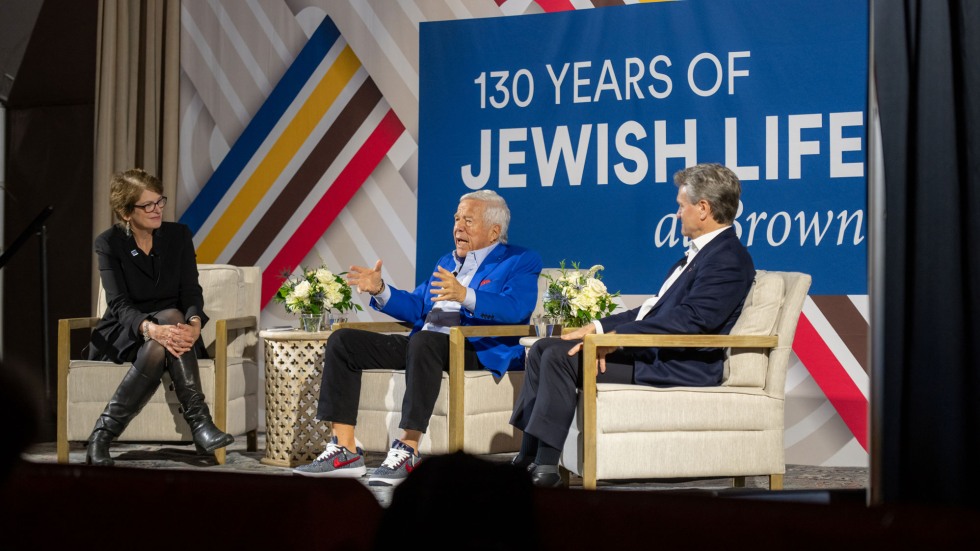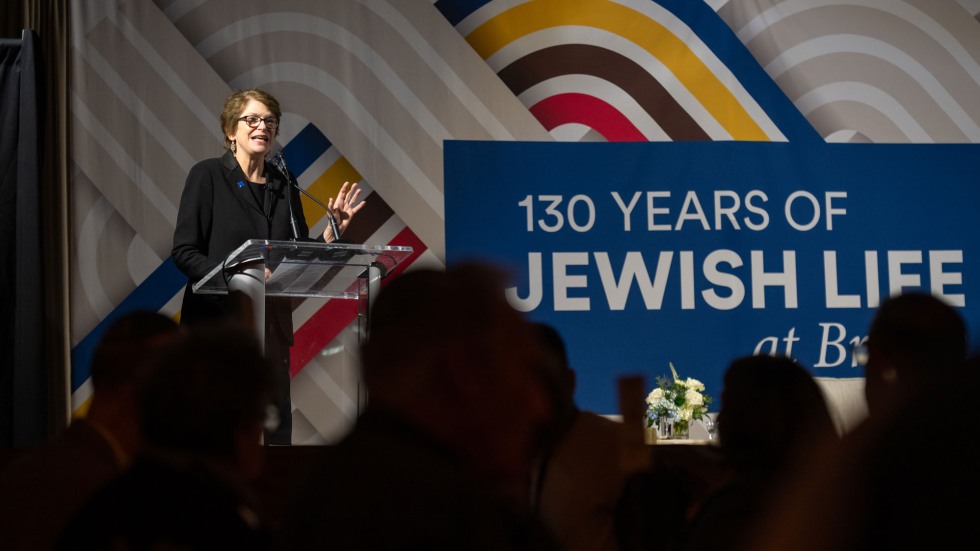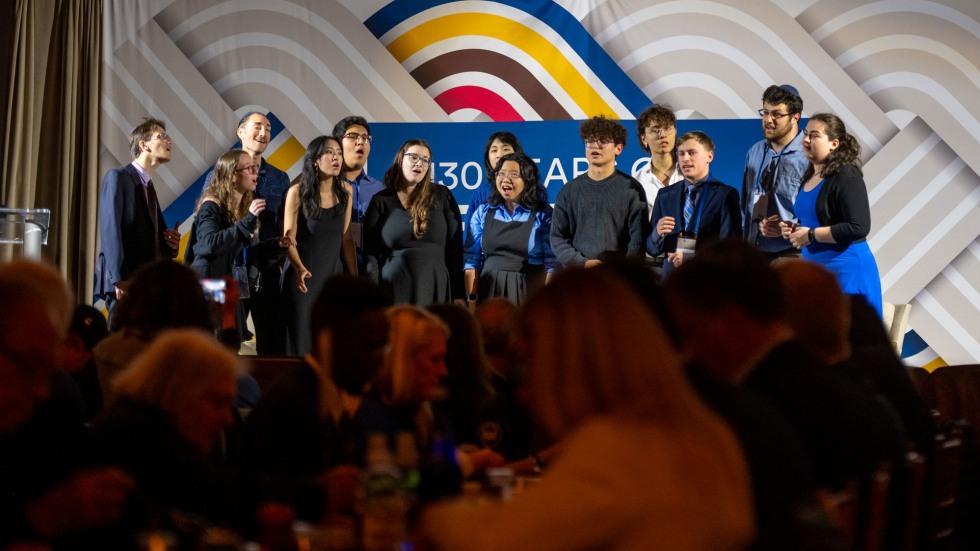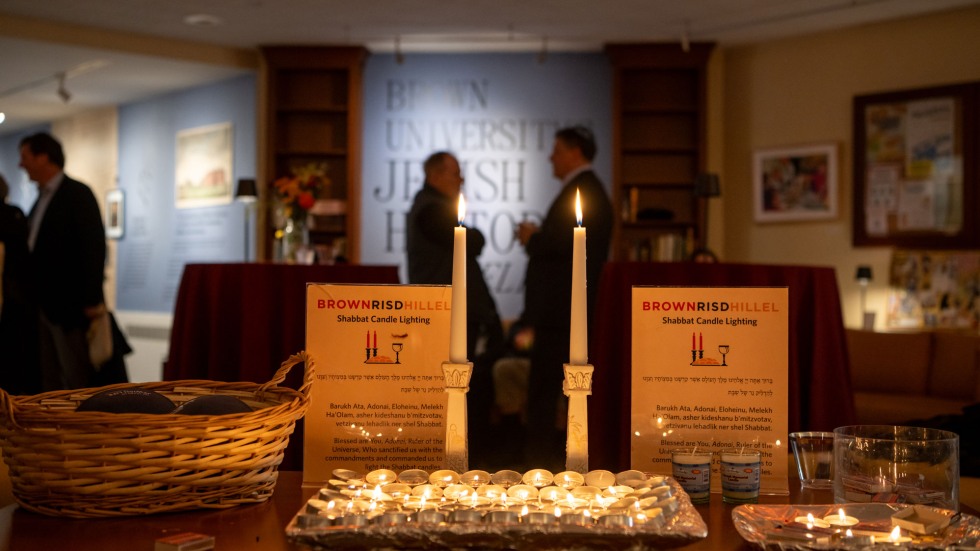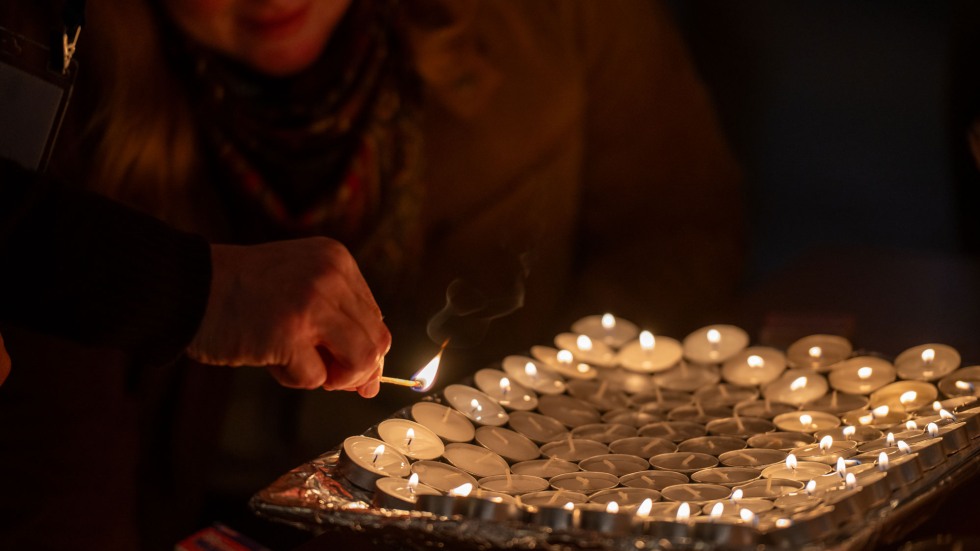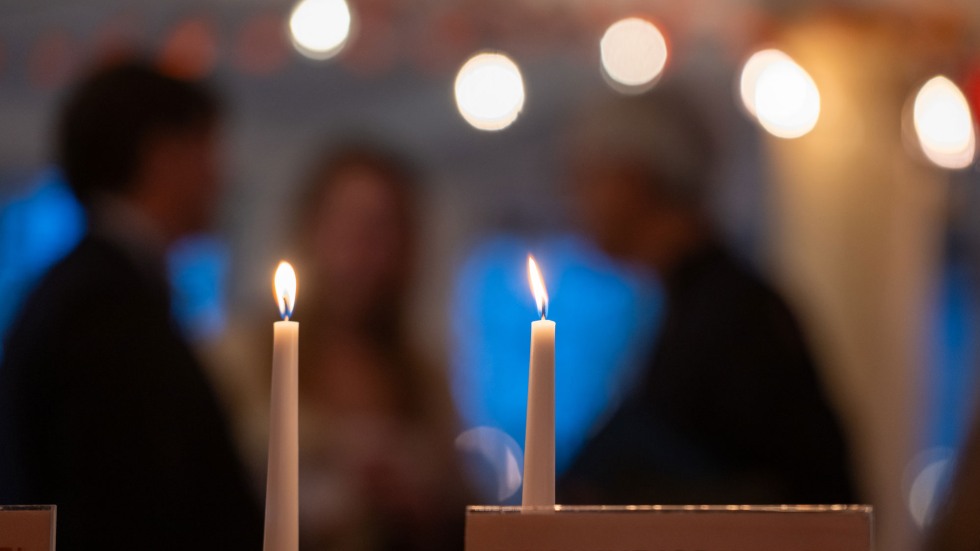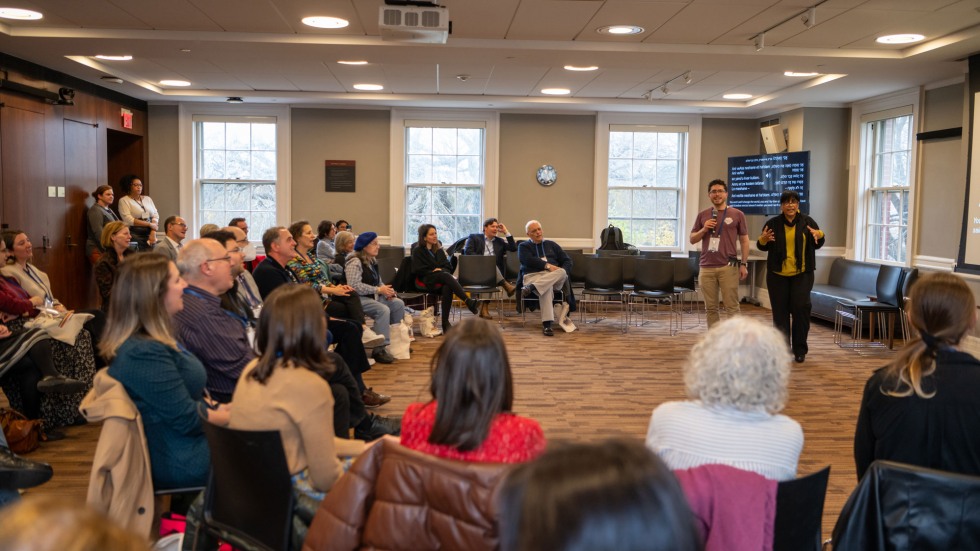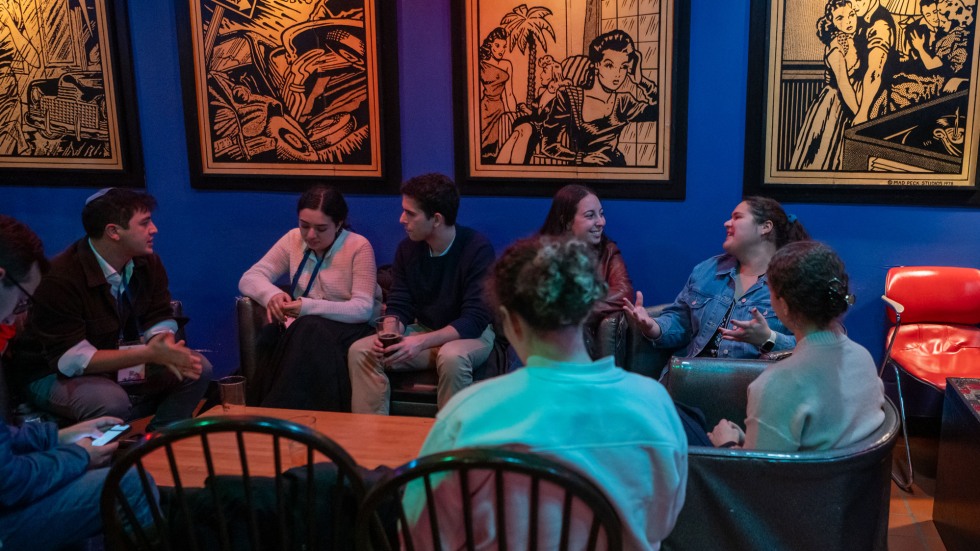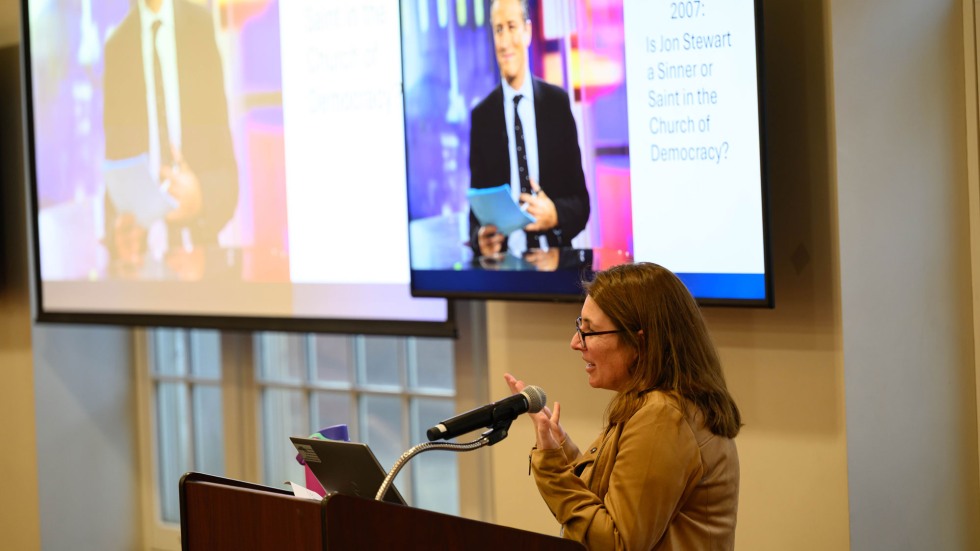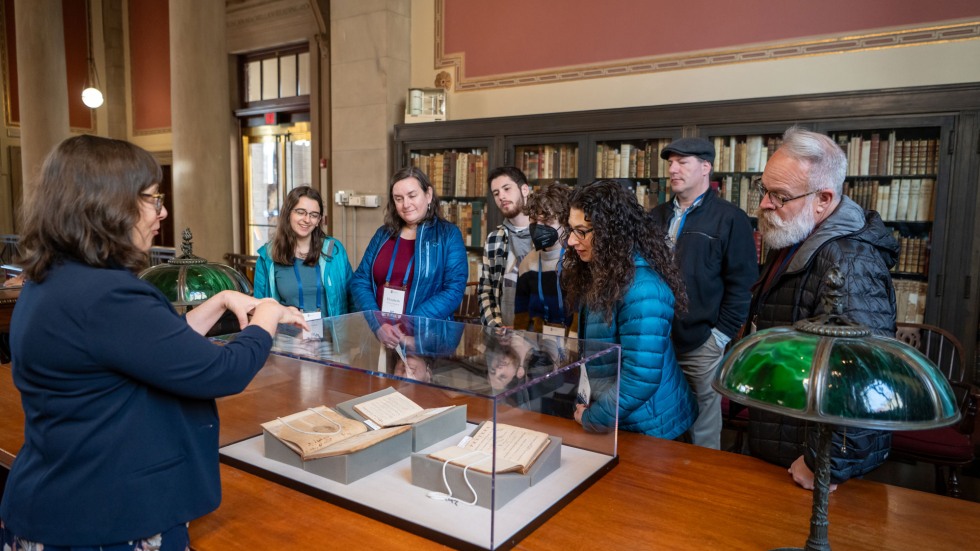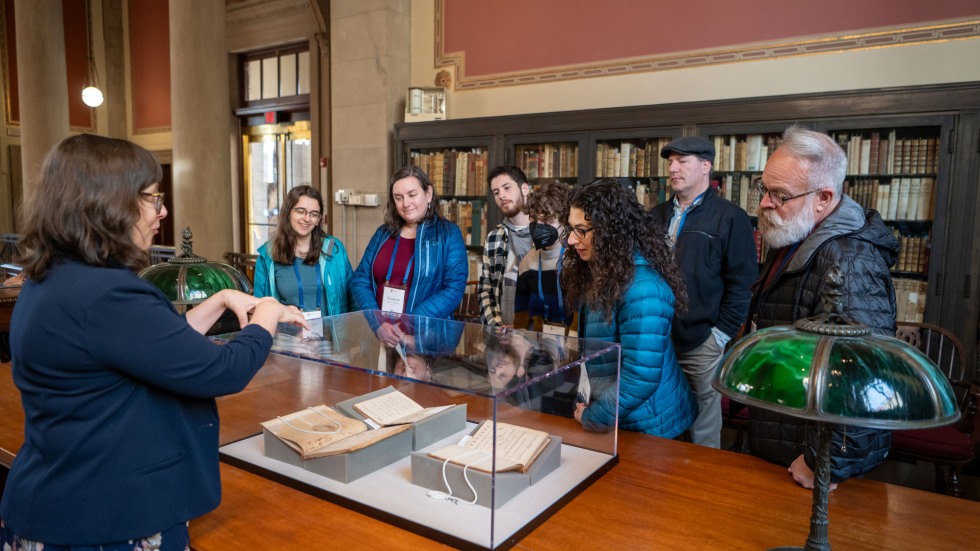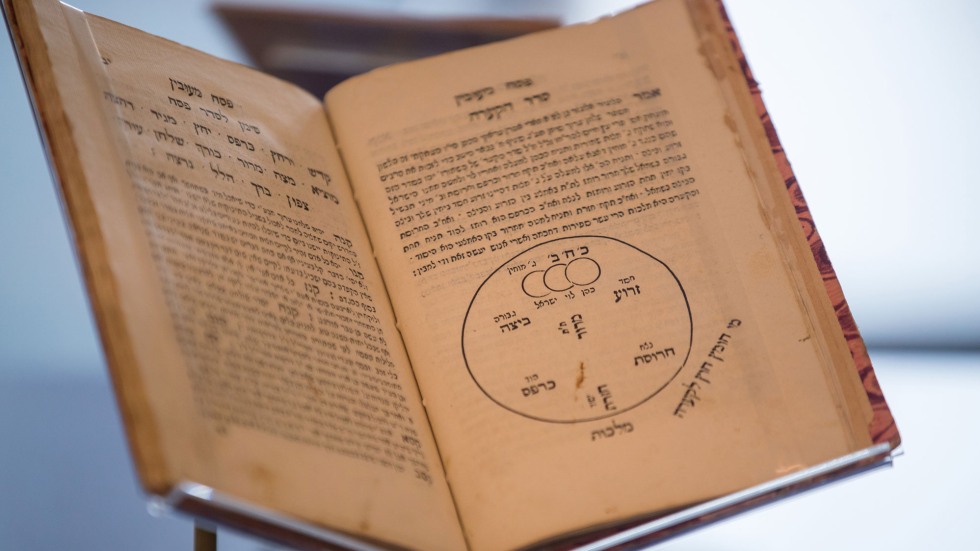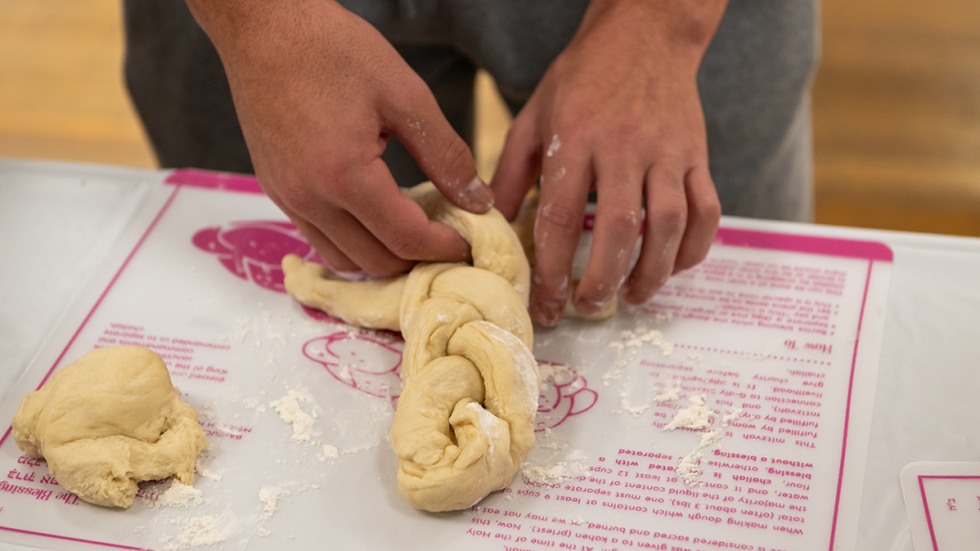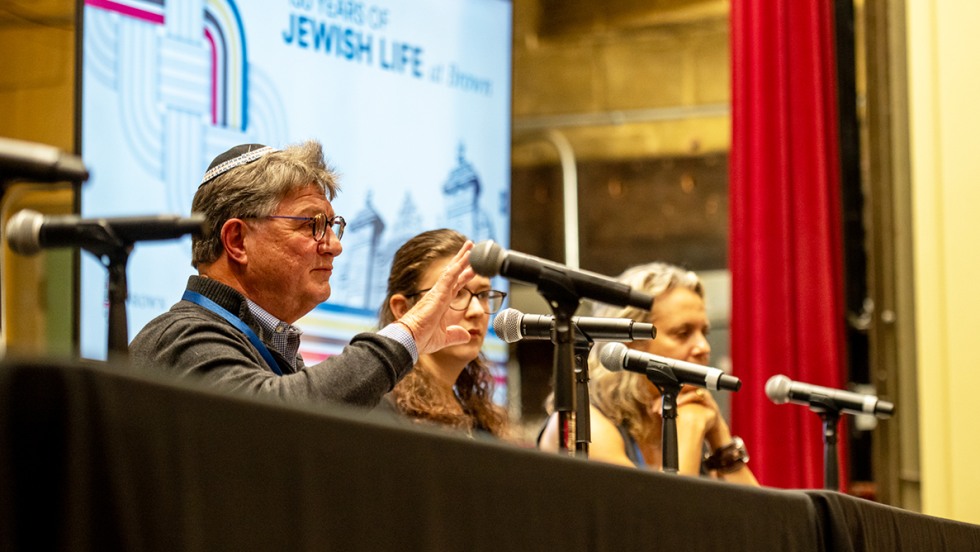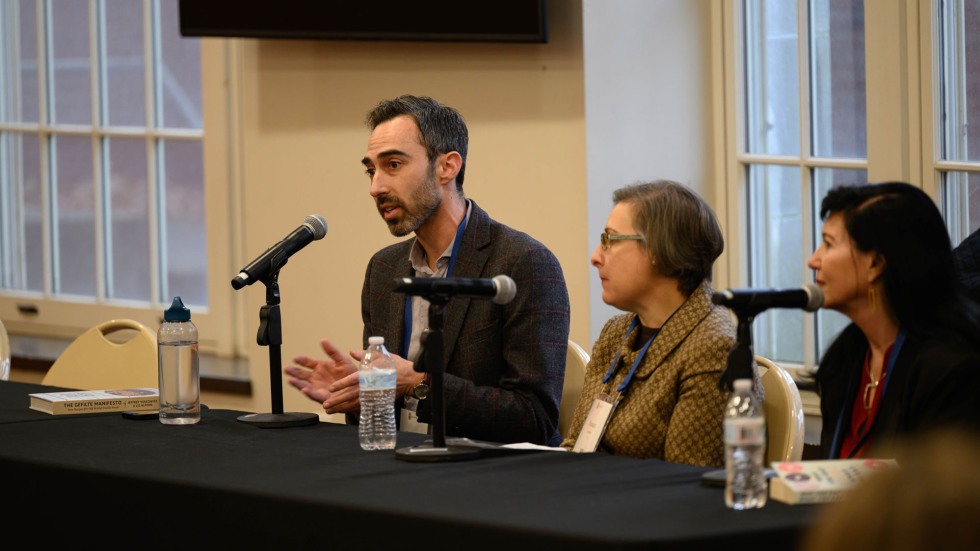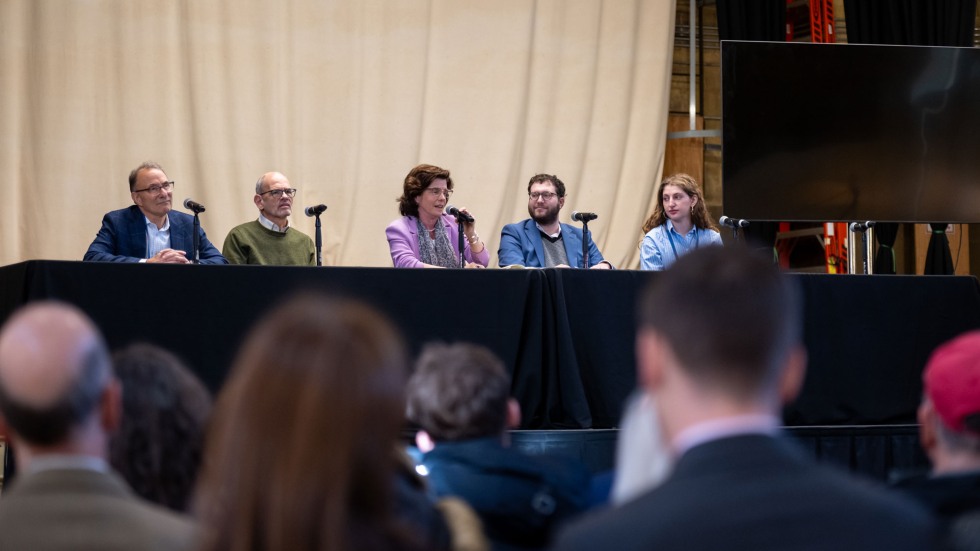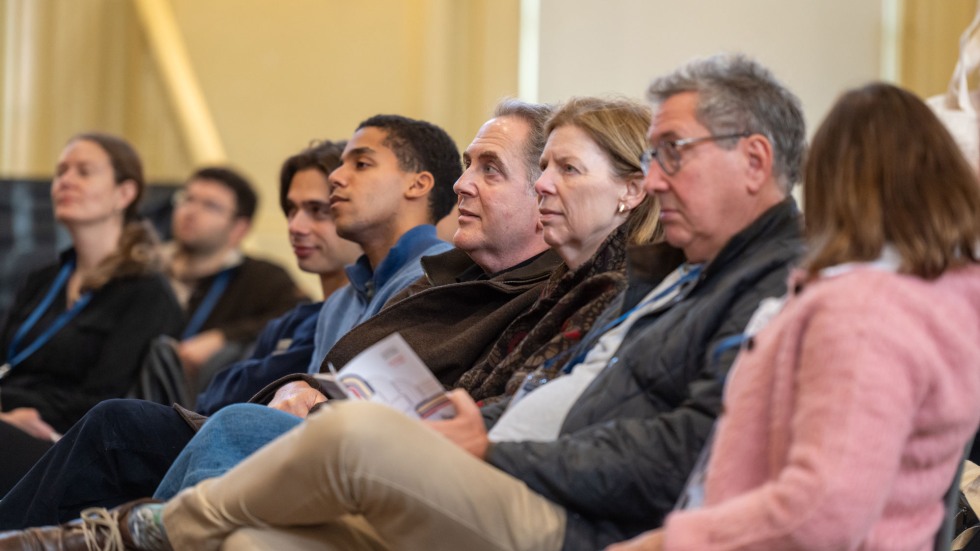Honoring traditions, strengthening connections, creating community
Like braided challah, a traditional Jewish bread, the three-day 130 Years of Jewish Life at Brown event will weave together many generations of Brunonians, renewing connections and forming news ones.
From social events and meals to a panel of Brown alumnae who have gone on to positions of leadership in Judaism, a rich array of programming will celebrate the accomplishments, resilience and connections that have bound Jewish community members to one another and to Brown across time. That’s according to organizer Abby Doft, who earned a bachelor’s degree in 1991 and a master’s degree in 1992 from Brown.
“The idea of coming together in celebration of the history of Jewish life at Brown has really resonated tremendously with the community,” Doft said. “It’s a great affirmation of the Jewish experience at Brown over the years, and the fact that the current Jewish community of Brown is as strong as it is.”
The celebrations will include a Friday night dinner, Shabbat services, a gala and tribute to Pulitzer Prize-winning playwright Alfred Uhry, a member of Brown’s Class of 1958 and author of “Driving Miss Daisy,” and much more. There will also be student-alumni networking and mentorship opportunities.
“We have eight decades of alumni coming back, which is pretty amazing,” Doft said. “We hope that one takeaway for the current students will be to inspire them to be back on campus eight decades from now.”
The event organizers are also celebrating the legacy of Brown’s 1764 charter, which declared “no religious tests” and ensured that “youth of all religious denominations shall and may be freely admitted to the equal advantages” — principles of religious tolerance and the value of a community whose members represent a diversity of backgrounds and perspectives that endures today. The commemoration of tradition and history will be embedded throughout the weekend, not just in live programming, but through a comprehensive timeline installation at Brown RISD Hillel with pop-up locations in different spots during the weekend, along with a digital archive.
“We’ve managed to put together what I think is the most comprehensive history ever of Jews at Brown,” said organizer Noel Rubinton, a Class of 1977 graduate who concentrated in history.
As the organizers conceived of the initial idea for 130 Years of Jewish Life at Brown, they drew inspiration from other historic, alumni-led celebrations that have celebrated communities at Brown and their histories. The weekend will be brought to life by a groundswell of volunteer engagement, integral support from Brown RISD Hillel and Chabad of College Hill, and coordination from campus partners at Brown.
“This really speaks of an institution that cares deeply about the whole, but also about the groups that are part of it,” Rubinton said. “It’s about a university that celebrates its constituent parts, and I hope other groups will be inspired to do things like this.”
For organizer Sophia Kremer, who just graduated in May 2025, the weekend presents a landmark opportunity to expand and deepen connections.
“People will be forming connections and bonding over the same experiences — not only on campus, but also through their lives, values and cultures,” Kremer said. “People are here to celebrate, to acknowledge what happened in the past, and then to think about what’s going to happen in the future.”
